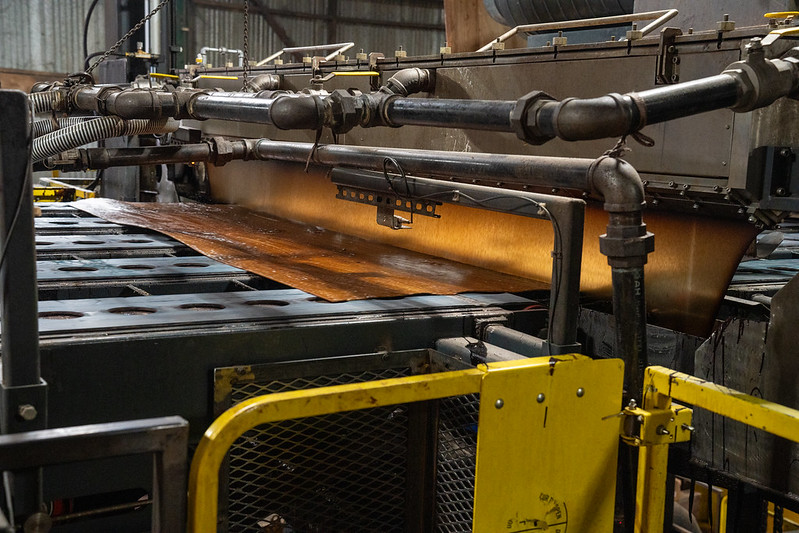Tariffs dominated market discussions through March until April 5th when a wide range of reciprocal tariffs were expected to be enacted. Then another 90-day pause was announced.
The chaotic application of tariffs, especially on forest products, have dampened the wood products markets in the short-term. So far, we see little evidence that sectoral tariffs focusing on forest products from a wide range of countries will be enacted.
The administration is currently exploring whether Section 232 tariffs, which allows the government to impose tariffs or other trade measures on imports deemed a threat to national security, will also apply to forest products. If Section 232 is considered for forest products, November 2025 seems to be when the reviews will be finished and tariffs proposed.
I would consider forest products to be a national security item. If the supply-chain disruptions during COVID were any indication, derivative forest products, like toilet paper, were the first items to become scarce in grocery stores, and primary products like lumber and plywood hit all-time highs. U.S. citizens should be asking themselves if not wood, what? And if not from here, where?

Tariffs aside, the markets have yet to show Spring improvement. Plywood is still a grind with customers still buying just-in-time and indicating little urgency to hold inventory. Dry veneer is OK, but lackluster.
LVL plants don’t seem to be pushing production and continue to keep production balanced with demand. Green veneer sales continue to improve in both volume and price. A couple of NW veneer mills have curtailed or reduced output due to the persistent miss-match between high log prices and low veneer prices. We have not yet heard that Canadian producers have reduced output at all during tariff negotiations.
President Trump’s March executive orders regarding American Timber production are encouraging for the Pacific Northwest timber industry. We have experienced dramatically decreasing annual timber supply for the last three decades. Our log prices are unnaturally high due to the reduced supply of government timber.
The combination of these executive orders and new legislation that has recently passed through the House, called the Fix Our Forests Act, has the potential to restore forest health, increase resiliency to wildfires, and protect our rural communities while also providing forest products manufacturers with a more reliable incoming log supply.

If you are concerned about school funding in Oregon, then you should be supportive of forest management providing revenue to our local schools. Congress established the Secure Rural Schools (SRS) Act as a way to compensate rural counties for the loss of timber revenue due to the NW Forest Plan. The SRS Act requires three-year authorizations, which has led to less money allocated to our local communities as time has elapsed.
If commodity revenue sharing through increased forest management was reestablished as a funding mechanism for our local schools, we could see our local schools well-funded once again.
Subscribe
We’ll send you a notification when a new story has been posted. It’s the easiest way to stay in the know.